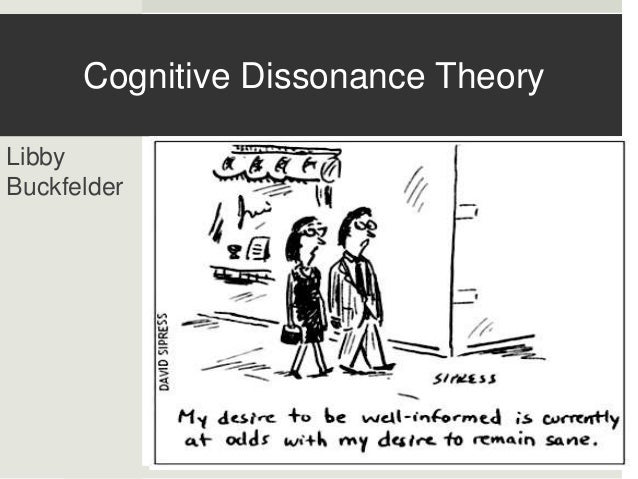johnjen
Headphoneus Supremus
@earnmyturns Are you one of those folks who hears a difference when an ordinary fuse is reversed?
It occurs to me that you are looking for justification and want others to provide it for you.Some folks look for answers, others look for fights. I am the former, you are the latter.
This is another lose, lose, lose scenario in my book.
Why?
Because as I stated earlier, in the end audio gear is not about numbers or tests or proofs,
it's about music, and if the changes made to YOUR system are an improvement,
or not,
FOR YOU.
No one can prove anything TO you, that is your job.
At best, we can offer our evidence, our experience, our understanding, what you make of that is up to you.
And if you can't hear any difference in your system between a well 'settled in' Jggy and a 'cold' one, then while you do have a SotA dac, the rest of the system is occluding it's magic.
IOW a single piece of SotA gear does not in and of itself mean you can or even will be able to hear all that it can convey.
And sometimes the rest of the system will simply not be able to pass along the real magic, at SotA levels of SQ.
And relying upon blind testing as the final arbiter of 'goodness', is ignoring precisely what the JggyB brings to the party.
Blind testing is horrible at discerning subtle SQ nuances that usually only reveal themselves with long term listening.
Mike Moffet covered this in a post a long time back, I'd suggest you read his thoughts on this topic.
And these subtle SQ nuances and cues are noticed AFTER you are able to discern them in the 1st place, which means you need to LEARN what to listen for, where to listen for it (which circumstances do you hear them in), and that requires what I call 'Calibration' where the best you have ever heard is your benchmark, your 100% high water mark of SQ.
Our personal degree of Calibration will rise at the pace that we hear 'better', and so our current 100% SQ mark, gets bumped up to even greater heights of SQ as we experience 'better'.
As for the reversing the fuse argument, some will and some won't hear these differences all based upon a variety of factors inherent to them (Calibration), and their gear and setup,
no 2 of which are the same.
And lastly, looking for answers means we should be open to hearing them, in whatever form they present themselves to us, then test/evaluate/experience them for ourselves and THEN decide.
And just because someone else's answer turns out to not be your answer, doesn't mean their answer is wrong, but simply not YOUR answer.
It seems to me that you are in your early to mid years in this hobby and are still 'finding your way' so to speak.
And asking questions is a good thing, as long as you hear the answers and don't insist that it must coincide with all of your old perceptions.
Because that is what pushing our previous mark of what 100% SQ to new heights is all about, namely expanding our perceptions of not only what has been experienced, but what is possible as well.
I hope this provides additional insights.
JJ
Last edited:



























